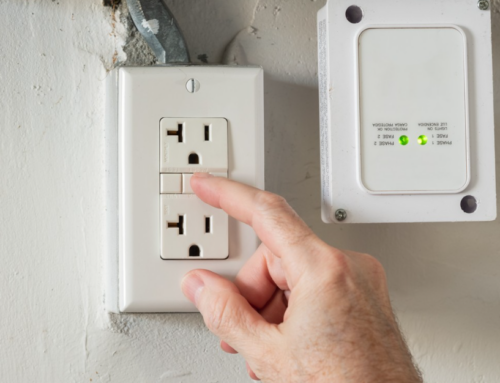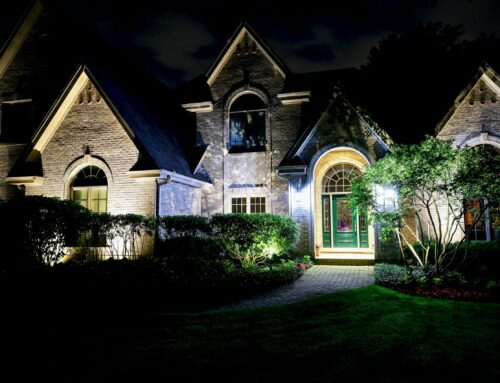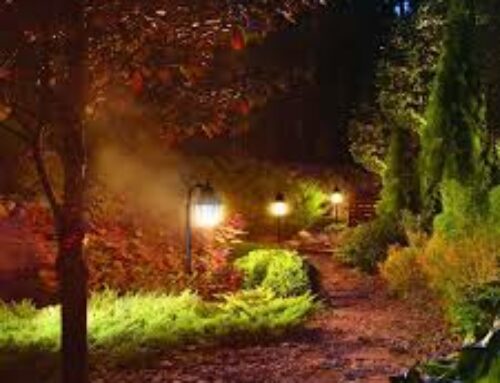Spring Maintenance Tips for Outdoor Lighting System


Spring is the time to ensure your outdoor landscape lighting is working properly and that the ravages of winter are repaired. Here are a few things you can do and observe to ensure your landscape lighting design is up to par:
Take Inventory. Walk the outside perimeter of your home, your yard, garden, and pathways, and take note of any wires that are exposed, bulbs that are out and any fixtures that may need repair.
Look for Debris. During the winter, wind, ice, and heavy snow can cause tree limbs to fall and possibly damage your light fixtures. This is especially true of spotlights. You should check to ensure those lights are pointing in the right direction. Excessive dirt and mud can cause lamps to hold more heat, causing them to burn out faster. It is also important to remember to replace any fixtures that are cracked or hold water.
Look for New Growth. As trees and shrubs grow, light fixtures may need to be adjusted or moved to properly light this growth. Sometimes additional fixtures may be required to achieve the correct amount of lighting that was intended for that area.
Adjust Your Timers. For the full effect that your landscape lighting design has to offer, it is important to adjust your lights to DST. Most newer models have an automatic reset function, while older ones will have to be set manually.
Wiring. Cables can push up and out of the ground due to freeze-thaw and become exposed by mulch that gets washed away by melting snow and rain. It is important that cable wiring be buried to avoid accidental cutting or a tripping hazard. It is always important to ensure your safety when maintaining and repairing your outdoor lighting fixtures. By working with professionals, like Premier Lighting, you can rest assured that your landscape lighting will be handled by landscape lighting specialists. If your outdoor lighting system needs a Spring Cleanup, contact Premier Lighting for an appointment.








